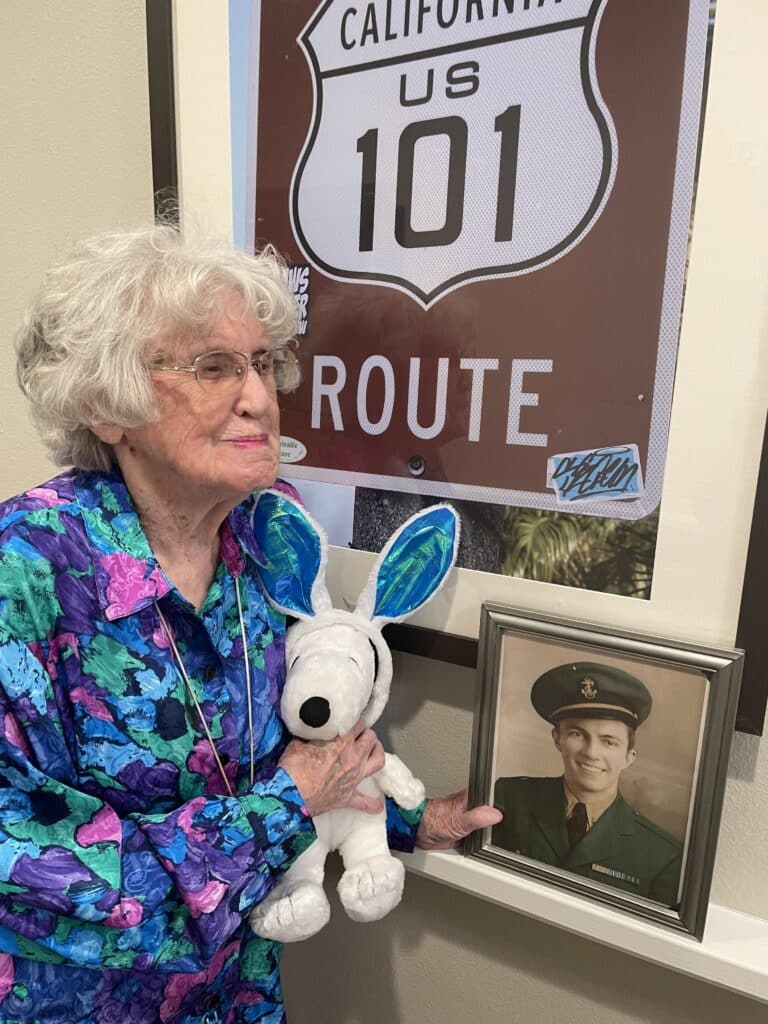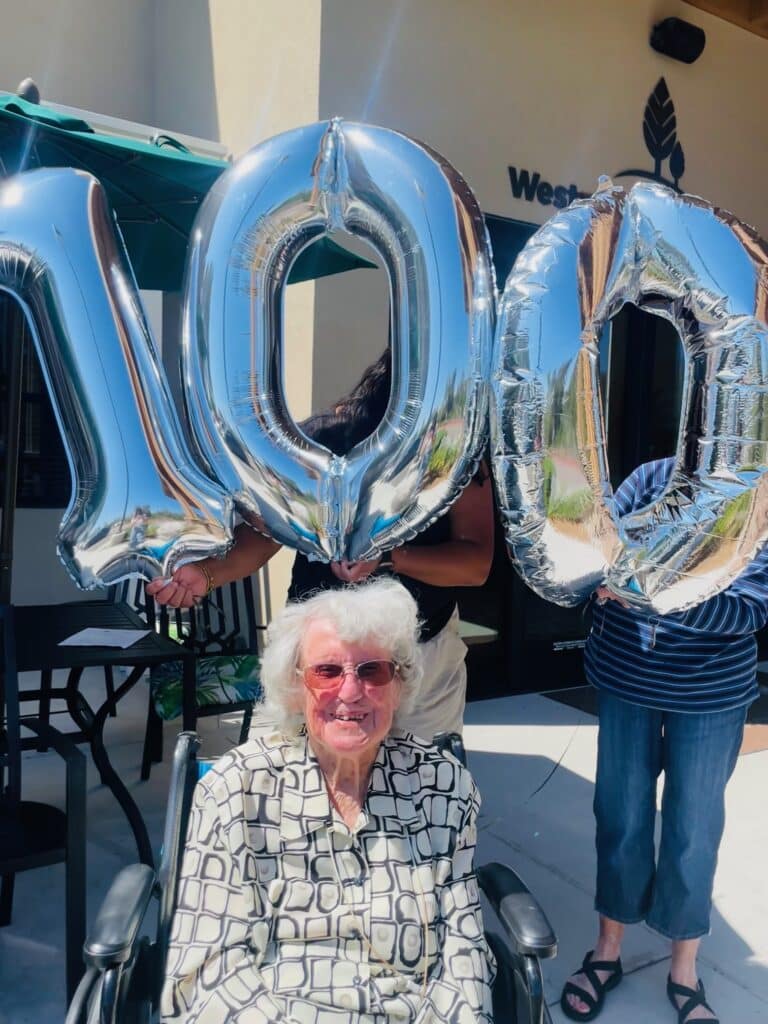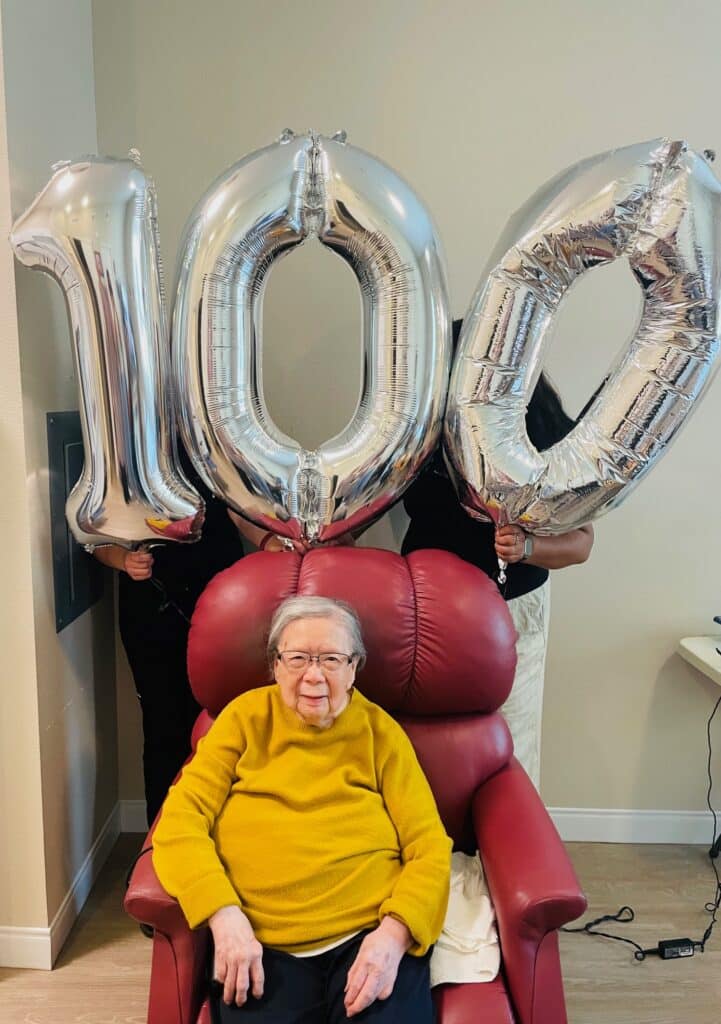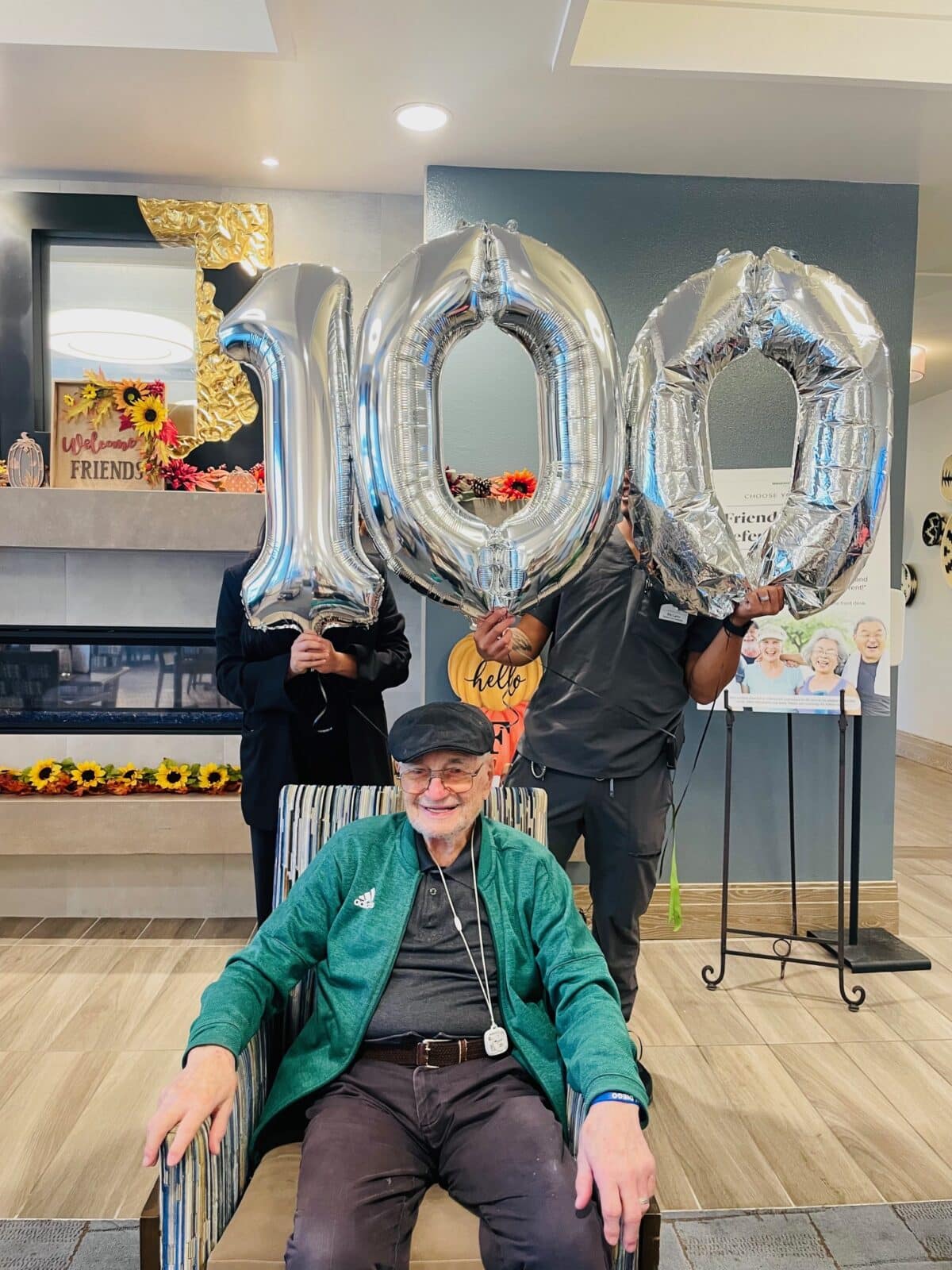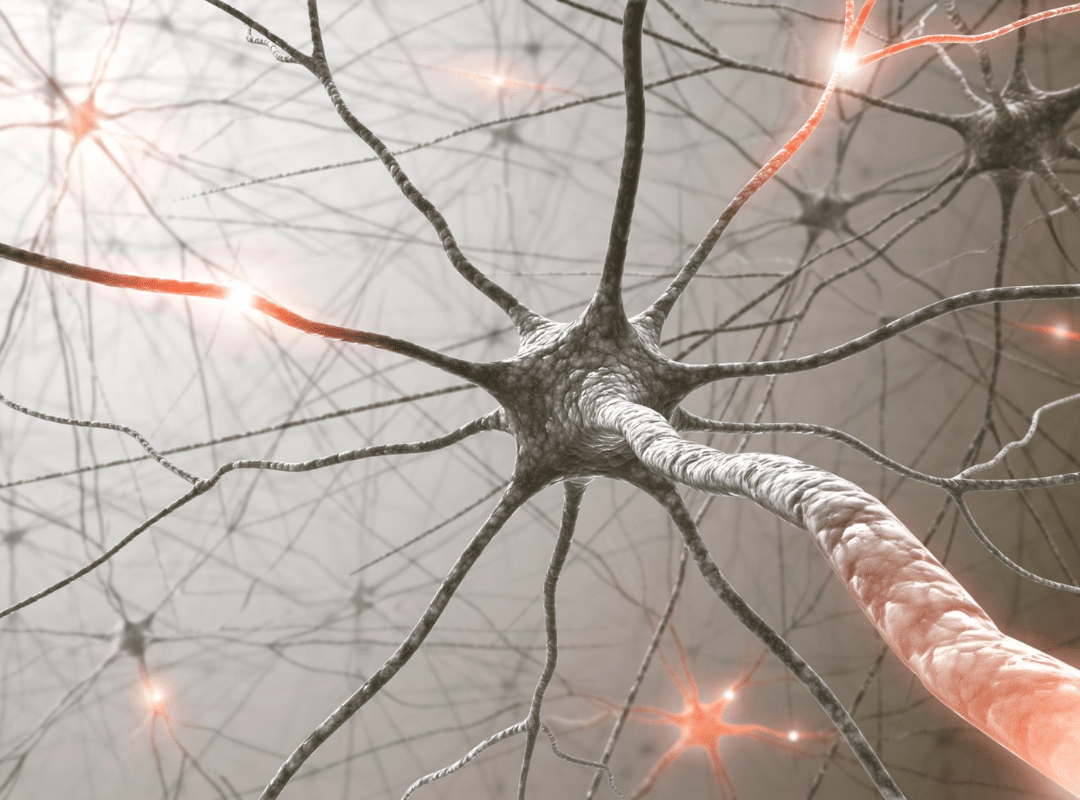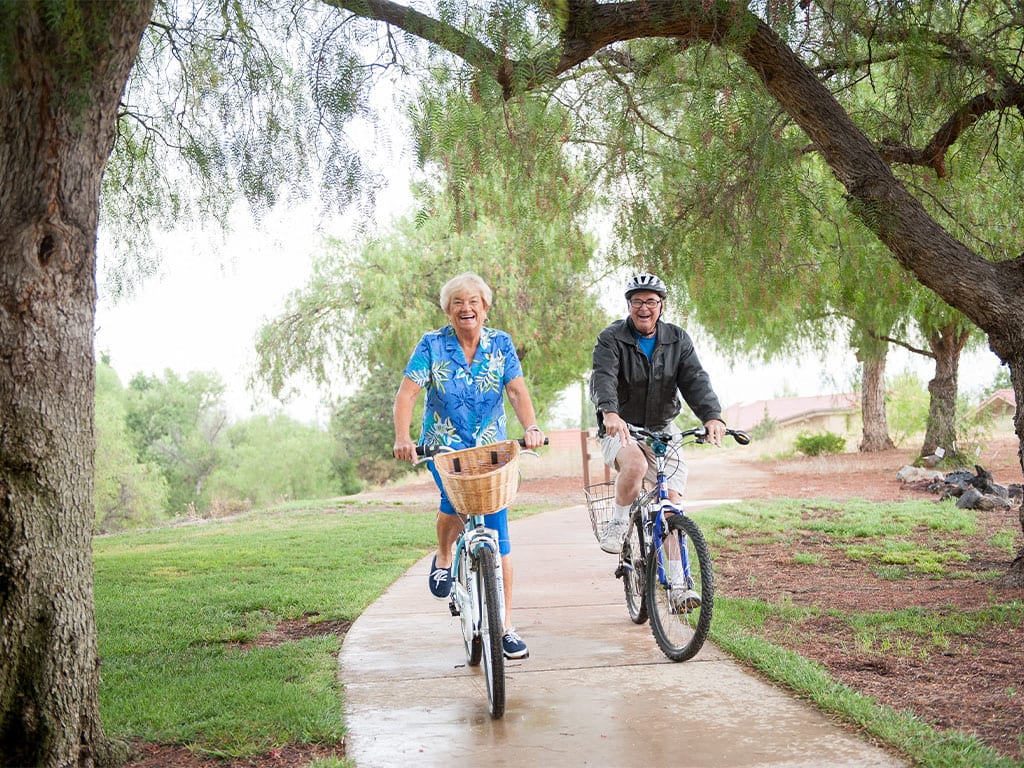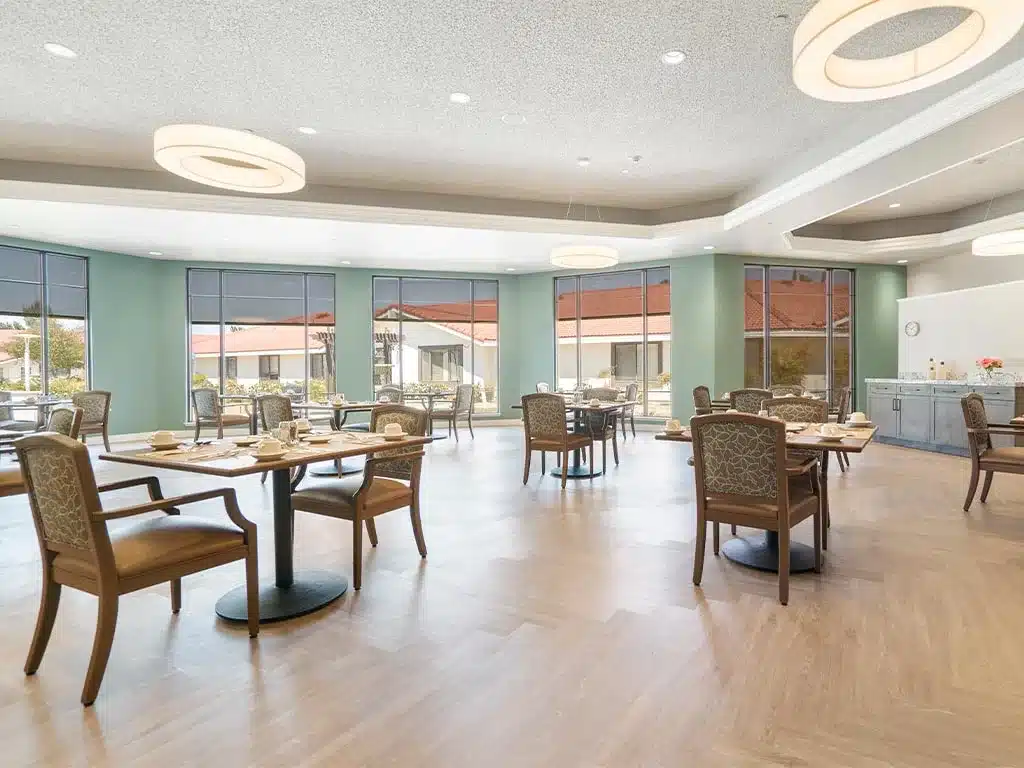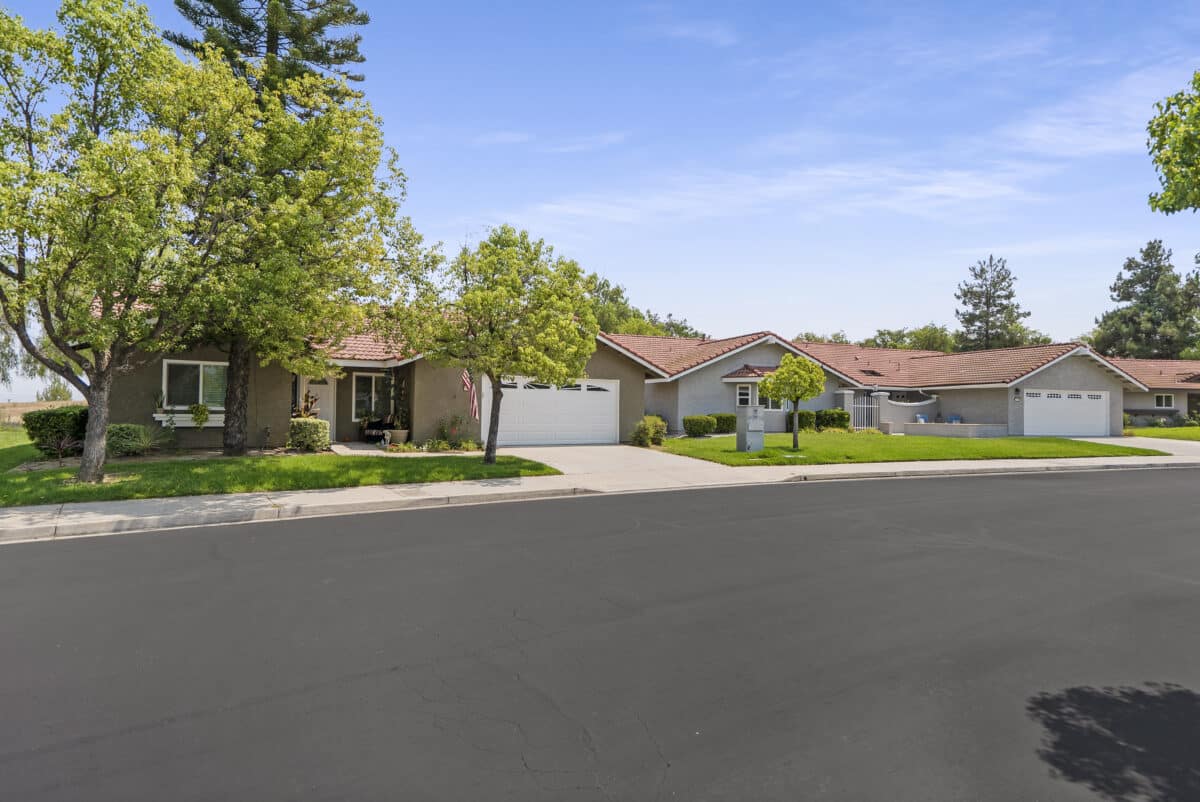Your Guide to Senior Living in Riverside, CA: Top Tips
Finding the right senior living in Riverside, CA, can be the key to a vibrant and fulfilling retirement. Whether you’re seeking a quiet, cozy setting or an active community full of engaging activities, Riverside offers a range of living options tailored to fit different lifestyles and budgets.
From affordable senior living in Riverside, CA, to upscale residences in 55 and older communities in Riverside, CA, you’ll find choices that support independence, health, and social connection. In this guide, we’ll walk you through everything you need to know—from choosing the right location to prioritizing wellness, all while highlighting great local options like 8537 Magnolia Ave, Riverside, CA 92504, and 17050 Arnold Dr, Riverside, CA 92518.
Choosing the Right Community
When searching for the right senior living in Riverside, CA, your first step is identifying communities that align with your personal preferences and values. This means considering your budget and factoring in lifestyle needs, proximity to family, and medical care options. Whether you’re exploring senior living in Riverside, CA, for rent or investing in ownership within a 55+ neighborhood, Riverside offers something for everyone.
Look for communities that promote engagement through amenities such as fitness centers, cultural events, and social clubs. For instance, Westmont of Riverside is well-regarded for its warm community atmosphere and diverse programming. Visit multiple locations and ask questions—your comfort and happiness are worth the time.
Explore options like this comprehensive overview of 55+ benefits to help make your decision easier.
Embracing an Active Lifestyle
Riverside’s senior communities are known for encouraging an active, enriching lifestyle. Choosing senior living in Riverside, CA, means more than finding a place to stay—it’s about choosing a life filled with purpose and activity.
Engage in Social Activities
55 and older communities in Riverside, CA, thrive on social engagement. Residents can enjoy book clubs, volunteer groups, and art classes that stimulate the mind and build deep social connections. Active social participation is known to improve mental health and even boost longevity.
At Westmont of Riverside and other top-rated communities, activities like nature walks, craft sessions, and group outings are part of everyday life. Residents have even enjoyed watching Quail eggs hatch—a joyful but straightforward community bonding moment.
Explore Local Attractions
The wealth of nearby attractions sets senior living in Riverside, CA apart. From the scenic Mount Rubidoux Trail to arts and food festivals downtown, there’s always something to do. Whether you’re living at 8537 Magnolia Ave, Riverside, CA 92504, or a newer development at 17050 Arnold Dr, Riverside, CA 92518, you’re never far from great experiences.
Maintaining social connections through local events and group excursions is just one of many ways seniors can stay engaged and fulfilled.
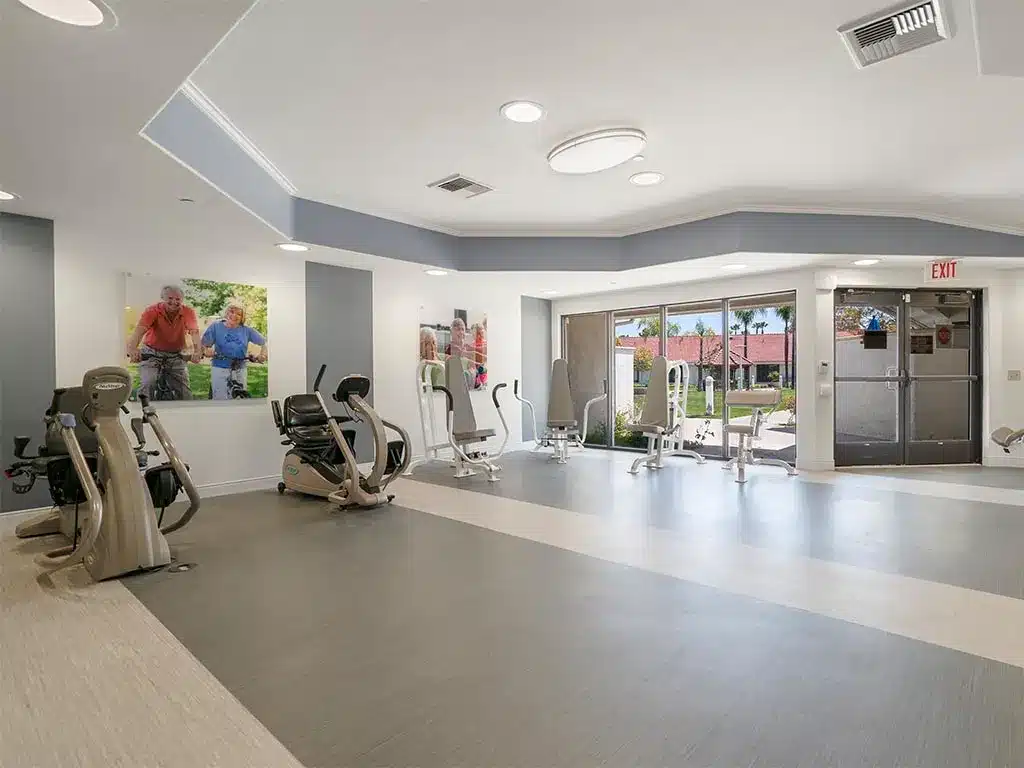
Exploring Local Amenities and Attractions
Whether you’re looking for affordable senior living in Riverside, CA, or a luxurious retreat, access to quality amenities matters. Here are just a few of the community’s local perks:
| Local Dining |
Recreational Parks |
| Tio’s Tacos (Unique eats) |
Fairmount Park |
| Simple Simon’s Bakery |
Sycamore Canyon Wilderness Park |
| The Salted Pig (Gastropub) |
Andulka Park |
Nearby shops and cafes offer excellent convenience for those at 8537 Magnolia Ave, Riverside, CA 92504. Meanwhile, 17050 Arnold Dr, Riverside, CA 92518 boasts proximity to walking trails and golf courses—perfect for active retirees.
Looking for even more options? Check out Seniorly’s Riverside listings for a deeper comparison of communities.
Prioritizing Health and Wellness
Whether settling into senior living in Riverside, CA, for rent or purchasing a home, keeping your health at the forefront is key.
Balanced Nutrition Choices
Riverside communities often provide healthy meal plans tailored to seniors. Balanced nutrition, with an emphasis on whole foods, lean proteins, and fiber, supports physical and cognitive wellness. Many dining programs include locally sourced options and even cater to specific dietary needs.
Regular Physical Activity
Physical health is a cornerstone of a happy retirement. In places like Westmont of Riverside and other 55 and older communities in Riverside, CA, residents enjoy walking groups, tai chi, yoga, and water aerobics. Even gentle movement like stretching or dance therapy can dramatically improve mobility and mood.
Building Strong Relationships With Staff and Residents
One of the most fulfilling aspects of senior living in Riverside, CA, is the strong sense of community. Whether you’re at 17050 Arnold Dr, Riverside, CA 92518, or another senior community, the relationships you build will define your experience.
- Start Small: Say hello during meals or in the hallway.
- Be Involved: Join community committees or help organize activities.
- Show Appreciation: A simple thank-you to staff can go a long way.
Building relationships fosters a sense of belonging and promotes emotional well-being—something all seniors deserve.
Cost Considerations and Affordability
Understanding the cost of senior living in Riverside CA for rent is a critical step in planning. Riverside offers a spectrum from affordable senior living in Riverside CA to premium options. Typically, monthly rent for independent living ranges between $2,000 and $4,000 depending on the level of service, amenities, and location.
Those seeking affordable senior living in Riverside, CA, will find budget-friendly options near 8537 Magnolia Ave, Riverside, CA 92504, which include access to public transit, medical facilities, and retail centers. Communities near 17050 Arnold Dr, Riverside, CA 92518 may be slightly higher in price due to newer construction and premium amenities.
Compelling Closing: Your Riverside Retirement Awaits
Your journey toward exceptional senior living in Riverside, CA, starts with one decision: choosing a lifestyle that matches your goals. Whether it’s comfort, community, or affordability that drives you, Riverside has it all. From peaceful surroundings at 17050 Arnold Dr, Riverside, CA 92518, to the convenient access of 8537 Magnolia Ave, Riverside, CA 92504, this region offers tailored options for every stage of retirement.
Now is the time to explore, engage, and embrace a lifestyle built for you. Let Westmont of Riverside be your guide to thriving in a dynamic and supportive community.
Ready to see for yourself? Schedule a tour today by visiting Westmont of Riverside or calling 951-697-2100.
Frequently Asked Questions
What is the average cost of senior living in California?
The average cost of senior living in California varies based on the level of care and location. Independent living communities typically cost around $3,000 per month, while assisted living averages $4,500 per month. Memory care and nursing homes can range from $5,000 to $10,000 per month. Urban areas like Los Angeles or San Francisco usually come with higher price tags than smaller cities.
What is the safest place to live in Riverside, CA?
Some of Riverside’s safest neighborhoods include Orangecrest, Canyon Crest, and Mission Grove. These areas are known for low crime rates, family-friendly environments, and strong community involvement. Safety can also depend on factors like walkability, lighting, and neighborhood watch programs. Always check current crime maps and talk to locals when evaluating an area.
How do you qualify for senior housing in CA?
To qualify for senior housing in California, individuals typically must be at least 55 or 62 years old, depending on the community’s policy. Some communities also have income restrictions, especially for low-income senior housing options. Residents must usually be able to live independently, unless applying for assisted living or nursing care. The application process may require proof of age, income, and medical condition.
How much does it cost to live in Riverside?
The cost of living in Riverside, CA, is generally lower than coastal California cities but higher than the national average. Housing is the biggest factor, with the median home price around $600,000 and rent averaging $2,200 for a one-bedroom apartment. Utilities, transportation, and healthcare also add to the monthly expenses. Senior living costs in Riverside align closely with California’s state average, depending on the type of care needed.
